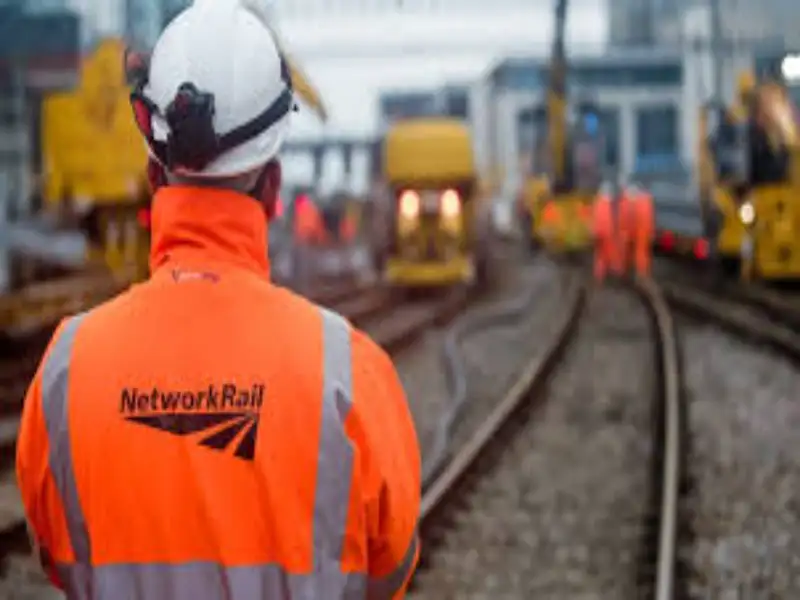- Network Rail and Cellnex UK launch Project Reach to upgrade telecoms across Britain’s rail network with 16,000km of fibre and 20,000 mobile sites.
- The initiative promises better rail connectivity, but challenges remain around funding, coordination, and delivery in remote regions.
What happened: New alliance to deliver biggest upgrade to rail telecoms in a generation
A new alliance involving Network Rail, Cellnex UK, and infrastructure partners has announced Project Reach, a national programme to overhaul telecoms across Britain’s rail network. Described as the largest upgrade in decades, the project will deploy over 16,000km of fibre and 20,000 mobile sites to improve passenger connectivity and operational efficiency across the railway system.
Project Reach will combine public and private investment and aims to replace legacy copper systems with future-ready infrastructure. Cellnex UK, known for neutral-host solutions, will manage the mobile infrastructure component, enabling multiple operators to share coverage across transport corridors.
The plan includes coverage along high-speed routes, rural lines, and station environments, ensuring more consistent 4G and 5G access for passengers and better bandwidth for train operators.
Also read: Wessex Internet receives $68M to transform UK’s rural connectivity
Also read: UK Network Rail employs VR to solve real-world concerns
Why it’s important
Britain’s rail telecoms have long struggled with outdated infrastructure, resulting in patchy mobile coverage and costly inefficiencies. Project Reach marks a critical effort to align the rail network with modern digital expectations. However, questions remain over funding transparency, delivery timelines, and whether mobile network operators will fully buy into the shared infrastructure model.
The deployment of shared, open-access fibre and mobile infrastructure could reduce duplication and carbon emissions, but its effectiveness will depend on coordination between public agencies and telecom partners, particularly in rural and difficult-to-cover areas.

